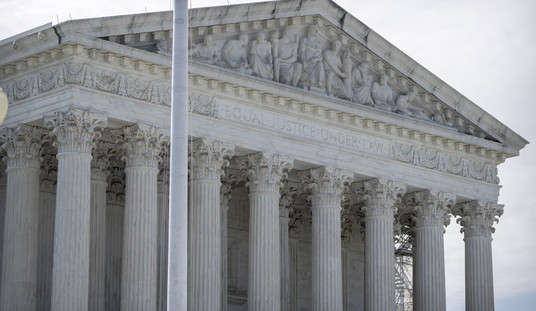“Red flag” laws allowing for the seizure of firearms from individuals who’ve been deemed a danger to themselves or others may be politically popular (at least if you believe the polls), but are they actually effective? As I noted the other day, gun control groups pushing the gun seizure bills to disarm veterans claim that “firearm related suicides” declined in the state of Connecticut after the state implemented its red flag law back in 1999, but they leave out one very important detail.
Everytown for Gun Safety, for instance, says that since Connecticut instituted its red flag law in 1999, firearm-related suicides have declined by almost 14%. That sounds great until you realize that the state’s overall suicide rate has increased by nearly 20% during the same time period, a fact that Everytown didn’t bother to include in their report for some reason. They may be interested in reducing suicide by firearm, but most everyone else is interested in reducing suicide, no matter the means.
I’ve run across another example of cherry picking data to make it seem like red flag legislation is actually reducing suicides when they’re actually increasing. The Globe Post, in a very detailed (and overall, fairly decent) story about the growing number of suicides across the United States, brings up red flag laws and claims they’ve been successful.
A meta-analysis of several studies and articles found access to firearms is associated with risk for suicides. Some states, like Indiana, have been successful in reducing the number of suicides by reducing access to firearms.
Indiana which has had a “red flag” law on the books since 2005 has significantly reduced suicide rates according to a study that found a 7.5 percent reduction in firearm suicides in the 10 years following the enactment of the law.
As it turns out, Indiana has not been successful at reducing the number of suicides, even with a red flag law in place. Suicides in the state have actually increased by more than 30% since 1999, according to the CDC. Fewer people may be using a firearm to commit suicide, but far more people are killing themselves using other methods, and red flag laws don’t do anything to prevent non-firearm related suicides.
Indiana and Connecticut aren’t aberrations. Suicides are increasing in almost every state of the union, with the exception of Nevada. They’re up in states with draconian gun laws like California, and in states with relatively few gun control laws like Arizona. In order to bring those numbers down, we have to address what’s driving more Americans to take their own lives and get them the help that they need.
The truth is, red flag laws are gun control laws masquerading as mental health help. Unfortunately, they don’t address the individual in crisis, only any legally-owned guns they might have. It’s one reason why many law enforcement officials, including Eddy County, New Mexico Sheriff Mark Cage are opposed to the measures.
“Why do we continue to ignore the root issue? Folks in emotional crisis are responsible for random or mass shootings and suicides. Their mental/behavioral health issue need to be addressed or they will find another weapon to use. If we go in and take away firearms, leaving the violent or emotionally distressed individual in the situation, we have averted nothing,” Cage said.
The Sheriff is right, but too many supporters of “red flag” proposals don’t want to address that simple fact. They’d rather pretend that taking any legally-owned guns away solves the problem. As our increasing suicide rates show, even in states with red flag laws in place, the solutions to actually reducing the number of Americans who are taking their own lives have to be found elsewhere.









Join the conversation as a VIP Member